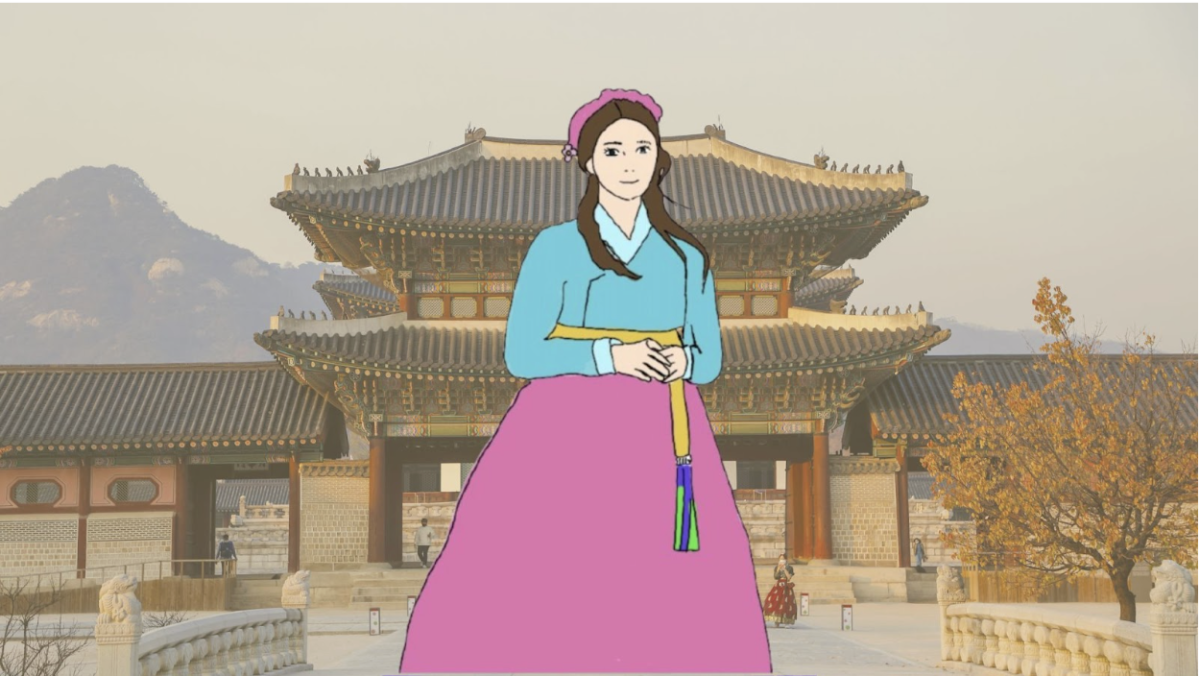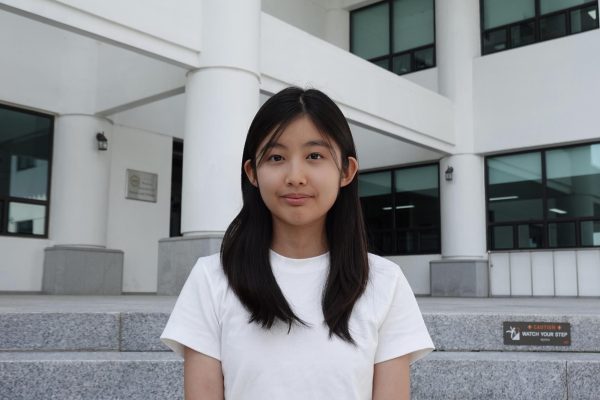Walking around the streets of Jong-ro, one can immediately notice numerous people wearing peculiar attire: Hanboks (traditional Korean clothes). When touring areas like Jong-ro, the centerplace of Korean history with its government buildings and palaces dating back to the Joseon dynasty, tourists often wear Hanboks to immerse themselves in the experience.
This trend garnered popularity in 2013 when the Korea Heritage Service launched an initiative that allowed individuals wearing Hanbok to tour royal palaces and tombs for free. What was followed by this policy was the creation of numerous Hanbok rental shops in Jong-ro, with vendors selling intercultural Hanboks in addition to traditional ones. These “intercultural” Hanboks were a fusion of traditional dresses and modern fashion. See-through Jeo-gori (jacket), short and bouncy skirts, extravagant silver embroidery, and tailoring styles that emphasize the wearer’s figure (unlike the relatively loose-fitting forms of traditional dresses) are prominent characteristics of this new design.
These modified Hanboks often appeal to foreigners because they are more approachable. Compared to traditional Hanbok, the design of the modified versions often employs colors and styles that are reminiscent of Western ball gowns. Because these are worn while touring palaces, it makes sense for tourists to choose Hanboks that resemble clothes worn by Western royalty, since people are more familiar with Western royalty and palaces. Tourists also prefer renting modified Hanboks for their lower price compared to traditional ones.
In the late 2010s, the wearing of modified Hanboks extended beyond foreign tourists in the Jong-ro area. For instance, K-pop group BTS wore modified Hanboks in their music video “Idol” in 2018. Even domestic tourists started to wear the modified version instead of the traditional attire. A white jeo–gori and light pink skirt embroidered with silver for women and a navy gon-ryong-po (traditional robe for Korean crown princes) for men became the default costumes by the 2020s.
Although the modified Hanbok’s fancy embroidery and adaptation of the Western medieval fantasy style appeal to tourists, the wearing of such attire disregards the history behind the clothing. Cultural attire is significant in that it is a deliberate display of the nation’s traditional values and customs. Such clothes show the individual’s respect towards the culture, their own celebration of its uniqueness, and enjoyment of immersing themselves into a historical situation by dressing alike.
“Tourists rent hanbok to take pictures, so colorful skirts with shiny materials are popular,” a hanbok rental shop owner said, according to Gyeonghyeong news.
In the status quo, wearing the Hanbok is merely for entertainment purposes: to take good pictures to upload on social media with clothes that are semi-congruous to the antique background. The dominance of the modified Hanbok over the traditional version represents the lack of recognition of Korean history both among citizens and foreigners. Even though visiting historical palaces and wearing the Hanbok is an act of pilgrimage for traveling in Korea, interest in the history of robes or buildings is meek. The treatment of historical monuments and customs as aesthetics has led to the seize of its cultural significance.
It would be unfair to disregard the fact that the rise of the modified Hanbok has attracted more tourists to look around Korean palaces and the history museums in Jong-ro. The existence of modified Hanboks is not the problem; rather, the preference of them over traditional Hanboks while disregarding its cultural significance entirely, is. If the current situation does not change, it certainly poses a threat to Korea’s endeavor to preserve national heritage.


